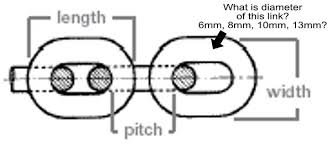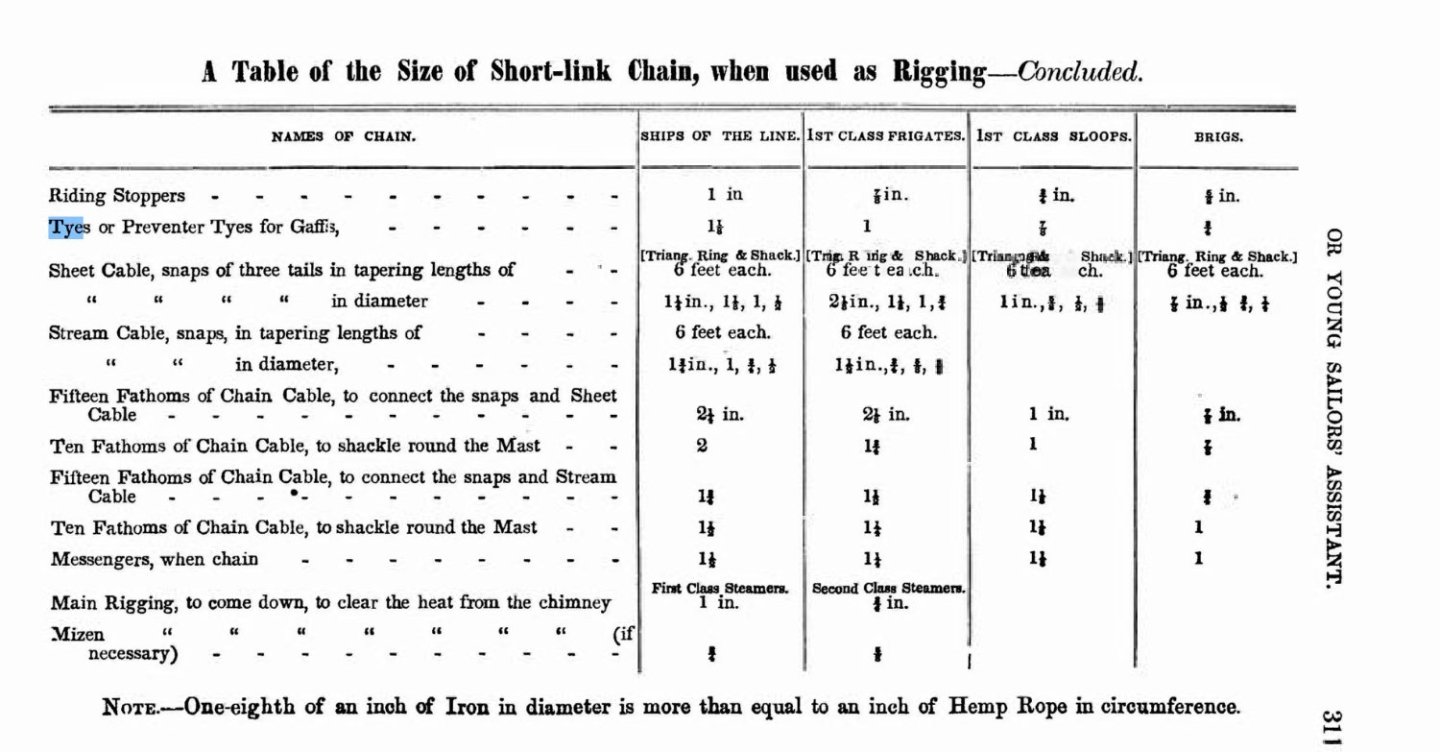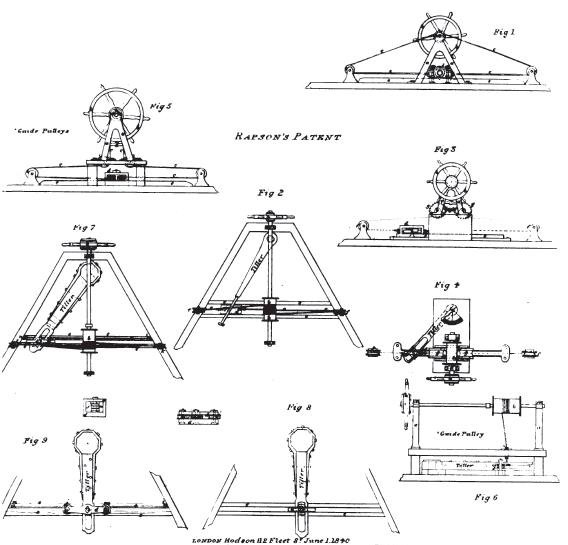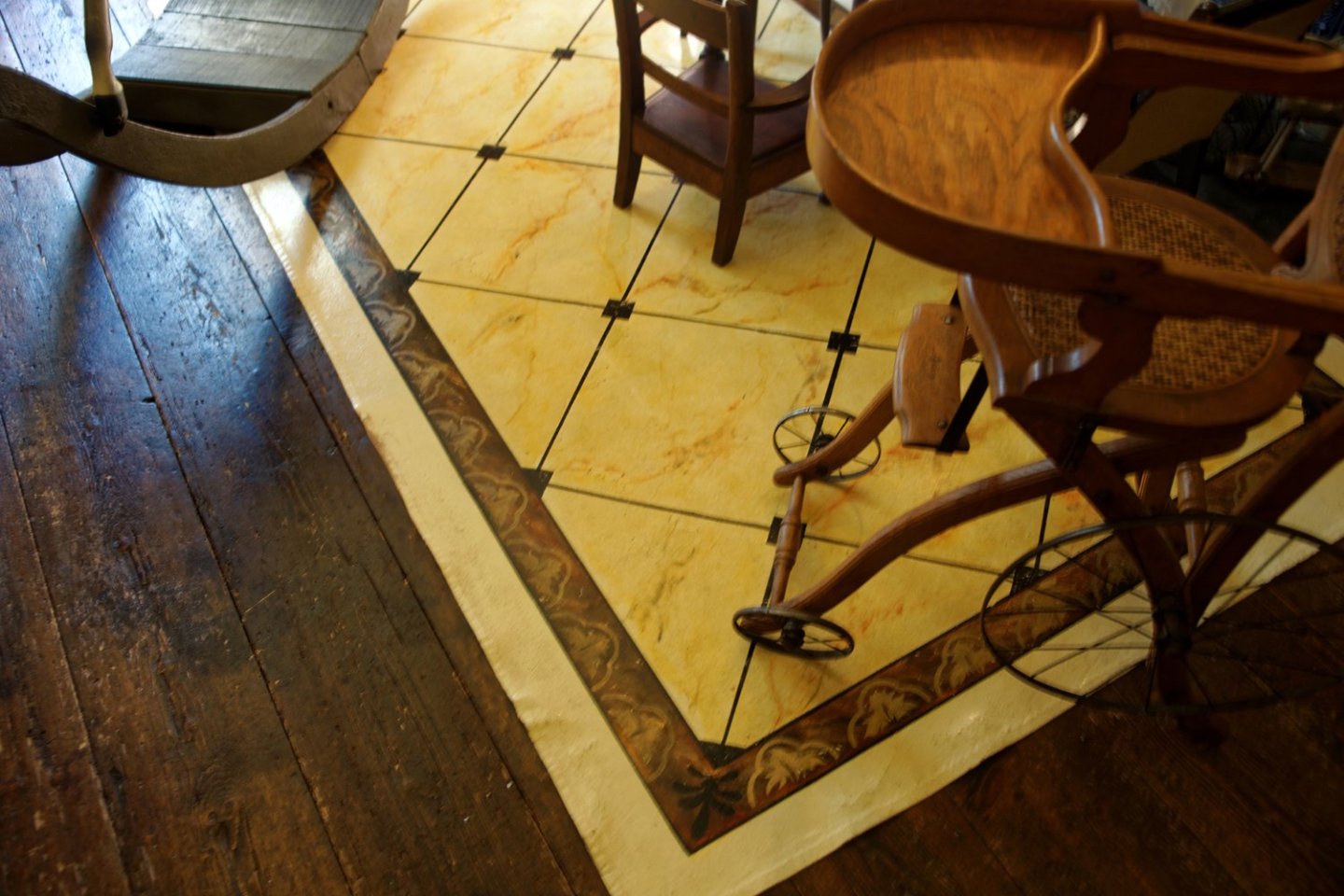-
Posts
5,938 -
Joined
-
Last visited
Content Type
Profiles
Forums
Gallery
Events
Everything posted by BANYAN
-
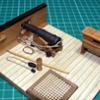
HMCSS Victoria 1855 by BANYAN - 1:72
BANYAN replied to BANYAN's topic in - Build logs for subjects built 1851 - 1900
I am also trying to find some information on the rigging chain used. The Rigging Warrant expresses the sizes as say 9/16" which is the correct way and is the 'wire' diameter (thickness of the metal not the link). I have found some rules-of-thumb for determining the ship's anchor cable sizes, but not how to determine the overall size of each chain link. In the following drawing I am trying to determine the opposite to what they are - i.e. I have the wire diameter but need a link length and width (the latter in particular). Brady (The Kedge Anchor) 1852 - as shown in the table below - informs that chain used for rigging was called 'short link chain' in this period, but again gives it as 'diameter' - has anyone come across a 'rule-of-thumb for determining the chain link overall link size similar to that as shown for an anchor cable (third pic)? NB - this rule of thumb is for modern cable. I need this to determine the sheave size which in turn drives the sheave slot size - wider but shallower sheave grooves were used with chain. Any info/pointers would be greatly appreciated. Cheers Pat- 1,006 replies
-
- gun dispatch vessel
- victoria
-
(and 2 more)
Tagged with:
-

HMCSS Victoria 1855 by BANYAN - 1:72
BANYAN replied to BANYAN's topic in - Build logs for subjects built 1851 - 1900
Work progresses: I have now completed and fitted the lower studding/swing booms in their brackets etc - I will post a photo later. In the meantime, I have started on the fore-and-aft booms. I am about 75% complete on the fore-boom. At this scale (1:72) these do not turn out very big as you can see. I have had to resort to Turkish Boxwood for the jaws as everything else was breaking. It took me a while to develop a method for making them, but persistence paid off. I have started on the mast furniture, with the first hoop completed and to show the method, the outer one under construction. Due to their flattish overall shape, the only way to get these on is to use strip brass, bend to shape and join the band under the jaws once blackened. I have yet to shorten the length by about 5 or 6mm at the outer end - I have left a little on as I have yet to cut-in a sheave slot and I wanted some 'meat' left on so I can do this a little easier. I have also started on the spider band; the band is made and drilled for three eyes which I will solder into these holes then smooth the inner side of the band. The hole has been drilled for an eye under and over the jaws just forward of the hollow for the throat halliard and downhaul. The last thing will be to put in some simulated bolts through the jaws and boom. cheers Pat- 1,006 replies
-
- gun dispatch vessel
- victoria
-
(and 2 more)
Tagged with:
-
No worries about the times between updates; they are most welcome. She's coming along very nicely - looks great. cheers Pat
- 88 replies
-
- Australia II
- Finished
-
(and 2 more)
Tagged with:
-
Now that I have picked myself up off the floor, all I can say is Wow - WOW! That level of detail and your skilled execution of all the rigging components is simply stunning detail Keith. We have become accustomed to your high-quality work, but to see it all brought together like this presents such a wonderful bit of eye-candy. cheers Pat
-
Another nice clipper you're building Rob - I will follow with much interest. Not sure if you have seen this line drawing/sketch of your steering system (Figs. 2, 6 & 7). Your ship probably used the lighter form as at Fig.2? These were usually a form of the Rapson Steering for which a patent was granted and was exhibited in 1840. This is from a book of Patented Inventions for that year. A similar system was used in the Victoria. If you want more detail on the system just holler. cheers Pat
-
Amazingly clear and precise detail for that scale Eberhard; I'm impressed! I can see some value in that small blade and holder; are they readily available online? cheers Pat
-
What a beauty, take a bow Rob, this is one very nice build. I hope the heat from your 'fireplace' doesn't affect the model. It has been a real pleasure following this 'tour de force'. cheers Pat
- 3,560 replies
-
- clipper
- hull model
-
(and 2 more)
Tagged with:
-
Love those guns Dave; they look great. How did you do /or what did you use for, the small nails in the trucks? They look very realistic. cheers Pat
- 143 replies
-
Really nice Glen, very effective and realistic. cheers Pat
- 134 replies
-
- Captain Kidd
- bottle
-
(and 3 more)
Tagged with:
-
Those crewmen have really brought your build to life Rob; makes the model that much more interesting to view. cheers Pat
- 3,560 replies
-
- clipper
- hull model
-
(and 2 more)
Tagged with:
-
A great result using the plug method Eberhard; looks good and with the few minor repairs you mention will really good (especially at that scale). cheers Pat
-
What a great concept Glen; your imagination, and more importantly your ability to convert your ideas into practical projects, is to be commended. I look forward to your adventures on this one also. cheers Pat
- 134 replies
-
- Captain Kidd
- bottle
-
(and 3 more)
Tagged with:
-
Great to see you back Steven and that you didn't let the mishap defeat you. cheers Pat
- 740 replies
-
- Tudor
- restoration
-
(and 4 more)
Tagged with:
-
Oliver Lang (senior) developed a new way of putting on chain plates. See "Extracts from ‘Improvements in Naval Architecture Improvements’ by Oliver Lang (1848) – British Museum 1397 e18"; specifically VI (page5) Preventer eye bolts for shrouds. Removed them from the strake in line with the chain bolts, which, as formerly fitted, destroyed the strake and timbers of the frame in that range, by cutting them to pieces, and wet coming into this part of the ship decayed the timbers; and, when under repair, I have seen the said timbers drop asunder, being cut off with holes and rotten. By removing those large eye bolts to the next strake above, it not only relieves the strain from that part, but preserves the strength of the timbers and prevents decay. This improved mode was adopted first in the Hind, 1805, afterwards in the Leonidas, 1807, Clarence, 1811, and has since become general. The eyes Michael asks about may simply have been (as suggested by MarkP), eyebolts for the preventer backstays prior to Lang shifting them to a separate strake as shown in the German illustration provided by Thanasis. cheers Pat
-
Congrats on your 'record' build Rob, might have been relatively quick but the quality did not suffer - a wonderful model. I have also very much enjoyed your journey and the various discussions. cheers Pat
- 3,560 replies
-
- clipper
- hull model
-
(and 2 more)
Tagged with:
-
Great find Wayne, much appreciated. cheers Pat
- 17 replies
-
- Book
- great britain
-
(and 1 more)
Tagged with:
-
Taking the time to fair the hull properly results in a much better model Bruce; we can all wait while you get this done. cheers Pat
- 43 replies
-
- mediator
- first build
-
(and 1 more)
Tagged with:
-
Bob, thanks for posting that image - one learns every day. cheers Pat
About us
Modelshipworld - Advancing Ship Modeling through Research
SSL Secured
Your security is important for us so this Website is SSL-Secured
NRG Mailing Address
Nautical Research Guild
237 South Lincoln Street
Westmont IL, 60559-1917
Model Ship World ® and the MSW logo are Registered Trademarks, and belong to the Nautical Research Guild (United States Patent and Trademark Office: No. 6,929,264 & No. 6,929,274, registered Dec. 20, 2022)
Helpful Links
About the NRG
If you enjoy building ship models that are historically accurate as well as beautiful, then The Nautical Research Guild (NRG) is just right for you.
The Guild is a non-profit educational organization whose mission is to “Advance Ship Modeling Through Research”. We provide support to our members in their efforts to raise the quality of their model ships.
The Nautical Research Guild has published our world-renowned quarterly magazine, The Nautical Research Journal, since 1955. The pages of the Journal are full of articles by accomplished ship modelers who show you how they create those exquisite details on their models, and by maritime historians who show you the correct details to build. The Journal is available in both print and digital editions. Go to the NRG web site (www.thenrg.org) to download a complimentary digital copy of the Journal. The NRG also publishes plan sets, books and compilations of back issues of the Journal and the former Ships in Scale and Model Ship Builder magazines.



